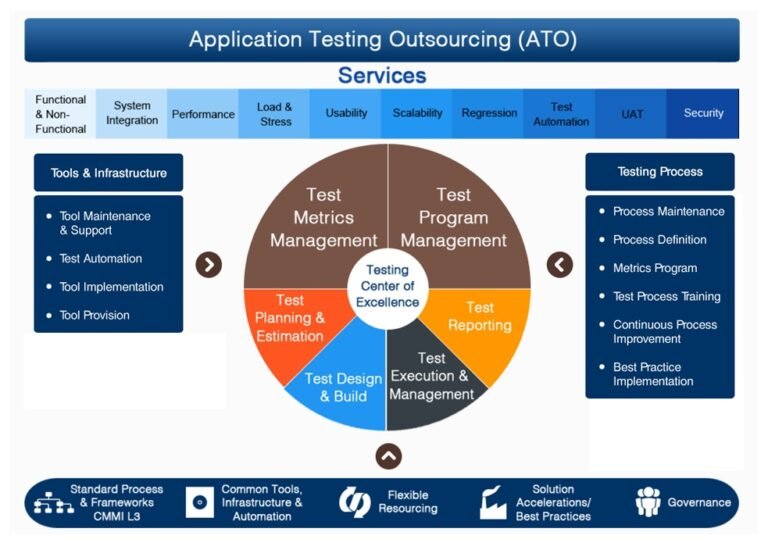In the fast-paced, competitive world of today, education now goes beyond textbooks and classroom walls. Indian schools have transformed into vibrant platforms that fuel creativity, stimulate critical thinking, and above all, equip students for global challenges. From science fairs to Olympiads, robotics competitions to debates at international forums, Indian students have been making their presence felt—and this achievement is the result of the firm base laid by their schools.
But what makes Indian schools stand out in the race to equip young minds for international competitions?
A Curriculum That Transcends Academics
Indian schools may adopt stiff academic curriculums like CBSE, ICSE, or IB, but what characterizes them is how they marry theoretical knowledge with practical application. What’s taught is not merely read and memorized; it’s lived. Concepts are made applicable through projects, presentations, and problem-solving sessions. For instance, a student learning mathematics doesn’t merely balance equations—they may perform real-time data analysis or prototype an app. Such hands-on experience hones their abilities and increases their confidence to tackle global problems.
Focus on Overall Development
Indian schools are shifting towards holistic education in a big way. In addition to marks and grades, similar importance is accorded to communication, teamwork, leadership, and emotional intelligence—the essential skills required to thrive in today’s world. Debate societies, Model United Nations (MUNs), cultural exchange, and sports teams prepare students to think globally. They are taught how to work with people from diverse cultures and backgrounds and how to articulate ideas clearly and confidently.
Passionate Teachers as Mentors
Behind each high-achieving student is a teacher who had faith in them. Indian schools have dedicated teachers who are doing more than just imparting knowledge. They are coaches, encouragement providers, and guides. They assist students in recognizing their areas of strength, encourage them to pursue new interests, and encourage them during hard times. It is not rare to spot a teacher remaining after school time, assisting a child in preparing for an international quiz or walking them through their science project.
Technology and Global Exposure
Indian schools of today are adopting technology like never before. Smart classrooms, online portals, and virtual collaboration platforms enhance learning through interactivity and global connectivity. Students are listening to international webinars, networking with students from other countries, and even taking part in online global competitions. This exposure not only broadens their horizon but also helps them prepare to effectively compete on international platforms.
Stories of Resilience and Determination
What makes this journey so lovely are the tales behind each competition medal or certificate. Tales of a rural student who worked every night coding for a robotics competition. Tales of introverted children who blossomed into poised speakers on global stages. Tales of teams who fell once but returned stronger. These are not accomplishments—they’re emotional benchmarks with perseverance, commitment, and aspirations.
A Brighter Tomorrow on a World Platform
The world is opening up, and Indian students are entering it with courage, imagination, and clarity. Indian schools, through their complementary blend of academics, innovation, values, and empathy, are preparing students not only to compete but to lead. The outcome? Confident young individuals who are not only performing well in international competitions but are also emerging as responsible global citizens.
Ultimately, it’s not about bringing home medals. It’s about creating kids who think they can make a difference in the world—and Indian schools are doing exactly that, one student at a time.





